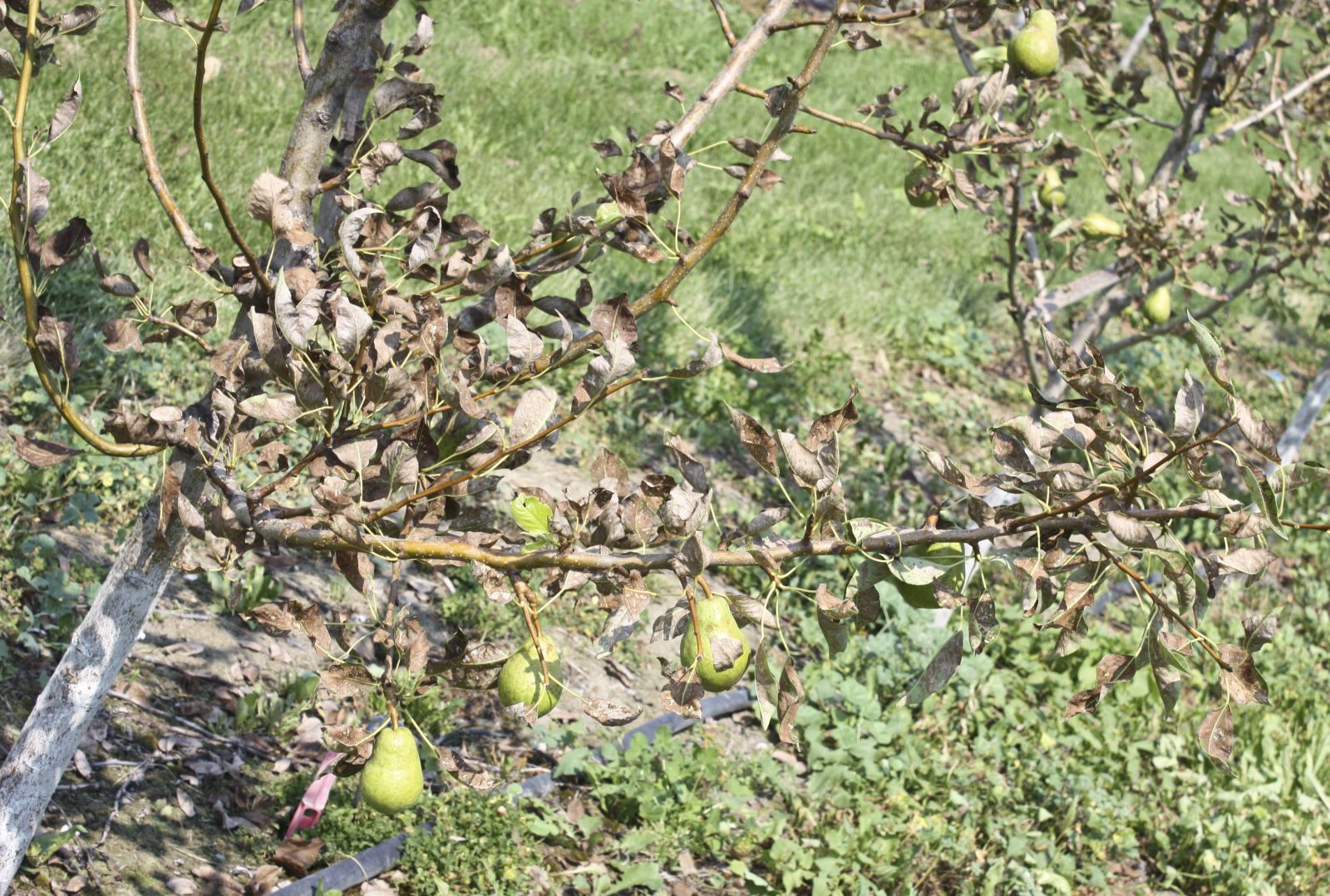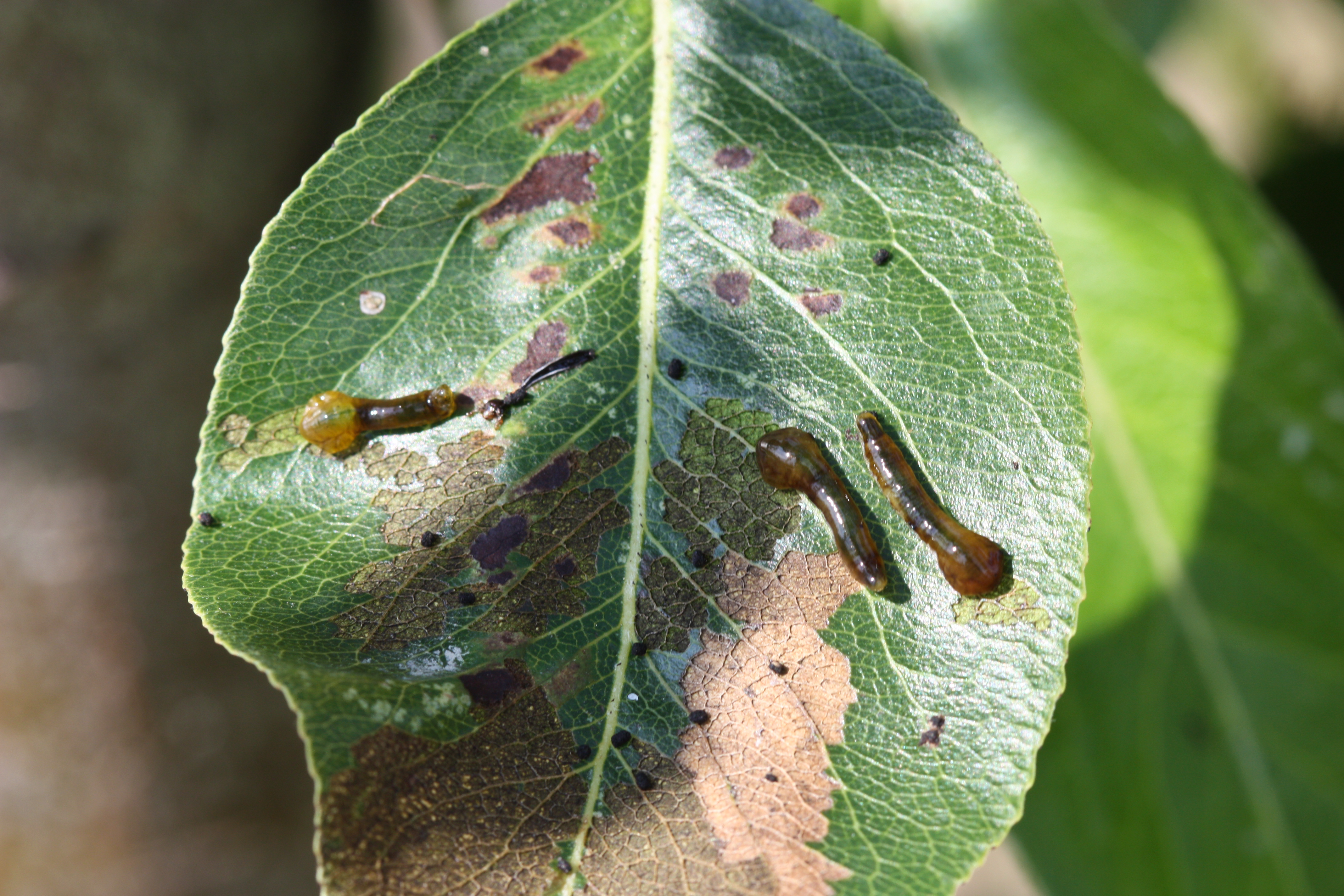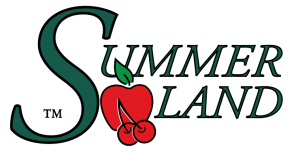Pear Slug
General Description
The pear slug (also known as the pear sawfly) is an occasional pest of some tree fruits and related ornamental shrubs (e.g. cotoneaster) and trees (hawthorn and mountain ash).
Hosts
Pear sawfly prefers pear and cherry hosts but will also attack the leaves of plum, quince and occasionally apple.
Damage
Larvae feed on the upper surface of pear and cherry leaves removing the green epidermis (Fig. 1). High populations can defoliate trees.
.jpg) |
 |
| Figure 1. Pear slug damage to pear leaves. (BCMA) | Figure 2. Late season injury to pear leaves. (BCMA) |
Identification
Larva - resemble small, black, elongate slugs, hence the common name pear slug (Fig. 3).
 |
| Figure 3. Pear slug larvae. (BCMA) |
Adult - glossy black wasp about 5 mm long (Fig. 4).
.jpg) |
| Figure 4. Adult pear slug. (BCMA) |
Life History
Overwinters as a pupa in a cocoon 5-8 cm in the soil. Adults emerge in late spring and mated females lay eggs in the tissue of the upper leaf surface causing small brownish blisters to appear. A seconf generation of adults appears in August and September which produce the larvae that develop into overwintering pupae.
Monitoring
Monitor by looking for slug-like larvae, especially in the summer when the second generation can cause severe damage. Post-harvest cherry trees should be monitored as untreated high populations can cause problems the following year.
Management
Biological Control
There is no information on natural enemies of pear saw fly in the B.C. interior.
Chemical Control
Conventional insecticides applied against other insect pests generally control pear sawfly. Malathion and Sevin sprays will also control the larvae.
